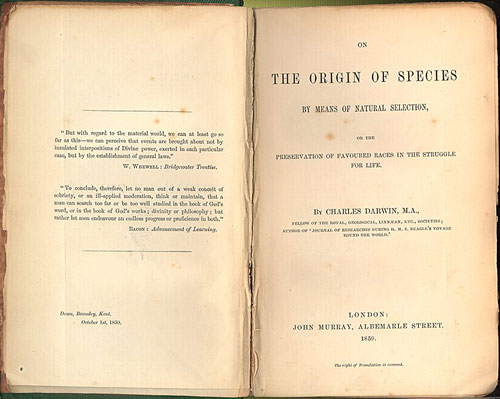Megalomyrmex
 You can file this entry under Things-I-would-like-to- keep- to- myself- but- won't- in- the- interests- of- transparency- and- hopefully- helping- others- to- avoid- my- mistakes.
You can file this entry under Things-I-would-like-to- keep- to- myself- but- won't- in- the- interests- of- transparency- and- hopefully- helping- others- to- avoid- my- mistakes.So I received an email from Juan Vieira last week, who is working on a revision of Megalomyrmex of Ecuador and has been looking at my specimens. He says he has confirmed my identifications of M. cuatiara, M. silvestrii, M. foreli, and M. mondabora, but he found two species which I had not identified -- M. poatan and M. tasyba. I went back and looked at those specimens and discovered that I had labeled both of them as M. incisus. M. incisus is not even in the same species group as the other two. What is most disheartening is that I went to the MCZ and compared all of my specimens with specimens there, and felt very comfortable with my IDs. After obsessing about this for a bit I discovered that I was working off of a bad xerox of Brandao's 1990 revision with some of the pages missing. There is a more recent paper (2003) which does not have a key but does have some updates and corrections to the 1990 paper, which I apparently did not look at. Not that that excuses anything, but it's something. When I get the specimens back I will definitely want to rekey them out so I can figure out where I went wrong, but not much I can do about that now. Juan hasn't finished looking at all of my specimens, but he did confirm my new species identification at least.
On the plus side, M. mondabora and M. poatan are both new records for Ecuador and M. tasyba is apparently very rare (only the second collection from Ecuador). Also, I noticed in Brandao's 2003 paper that he says:
"It is interesting to note that even with significant sampling efforts in different habitats, all Megalomyrmex were collected only in wet and subtropical forests; it is also worthwhile to note that Megalomyrmex has never been collected from canopies using insecticide fogging techniques (Wilson, 1987), further indicating that Megalomyrmex are ground living ants that only inhabit the litter of wet and subtropical forests in the Neotropics."Well, according to my database, I collected three species of Megalomyrmex from the canopy, further indicating to me that Tiputini is awesome. More info to come...
Photo: Megalomyrmex foreli (I swear): in the field we called these guys Shiny Butt.














